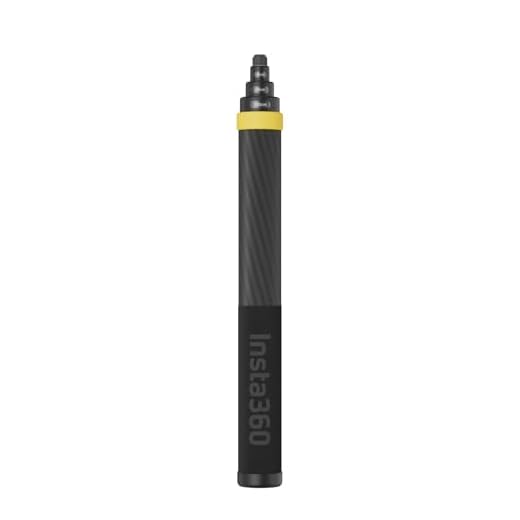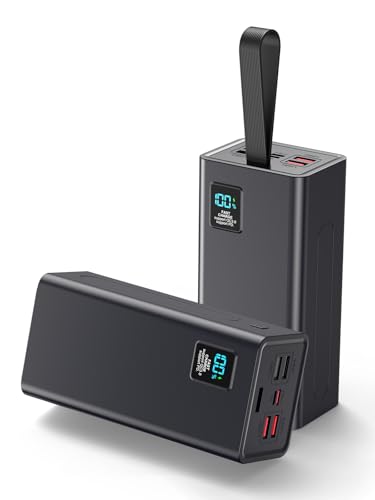




Have you ever noticed that you look different in photos taken with your iPhone camera compared to how you see yourself in the mirror? It’s a common phenomenon that many people experience, and there are a few reasons behind it.
One of the main reasons for this difference in appearance is the way light interacts with your face. When you look at yourself in the mirror, you are typically seeing a reflection of your face as it is illuminated by ambient light sources. However, when you take a photo with your iPhone camera, the light is coming from a different direction and intensity, which can alter the way your features appear.
Another factor that can contribute to this discrepancy is the lens distortion of the iPhone camera. The wide-angle lens of the iPhone camera can slightly distort the image, especially when taking selfies up close. This distortion can make your face appear slightly different in photos compared to how you see yourself in the mirror.
Reasons for changes in appearance on iPhone camera
When you notice differences in your appearance when using the iPhone camera, there are several reasons that could explain this phenomenon:
1. Camera quality and settings
The iPhone camera, depending on the model and settings, may capture images differently than what you see in the mirror. Factors like resolution, color accuracy, and lighting can all affect how you look in photos.
2. Mirroring effect
Most front-facing cameras on iPhones have a mirroring effect, which flips the image horizontally. This can make you appear slightly different from how you see yourself in the mirror, leading to perceived changes in your appearance.
Lighting conditions affect image quality
One of the main reasons why you may look different on an iPhone camera is the lighting conditions in which the photo is taken. The quality of light can greatly impact how you appear in a photograph.
Harsh lighting
Harsh lighting, such as direct sunlight or bright artificial light, can create strong shadows and highlights on your face, making your features look more pronounced and possibly less flattering. This can result in a stark contrast between different parts of your face, altering your appearance.
Soft lighting
On the other hand, soft lighting, like natural light on a cloudy day or diffused indoor lighting, can create a more even and flattering illumination on your face. Soft lighting can help to minimize imperfections and create a more pleasing overall look in photos.
Camera lens distortion can alter facial features
When you take a selfie or a photo using your iPhone camera, the lens can cause distortion that alters the way your facial features appear. This distortion is due to the wide-angle lens used in most smartphone cameras, which can distort the image near the edges of the frame. As a result, objects and features closer to the edges of the photo can appear stretched or elongated, while those in the center may appear more natural.
Additionally, the angle at which you hold your phone can also impact how your face looks in a photo. Tilting the camera up or down can change the perspective and shape of your features, leading to a different appearance than what you see in the mirror.
| Tip: | To minimize the distortion caused by the camera lens, try holding your phone at eye level and directly facing the camera. This can help reduce any unwanted changes in your facial features and provide a more accurate representation of how you look in real life. |
Different camera angles create varying perspectives
Have you ever noticed that your appearance can change depending on the camera angle? This phenomenon is due to the way different angles can distort or enhance certain features.
For example, a camera positioned slightly above eye level can make your face appear slimmer, while a camera positioned below eye level can create the illusion of a double chin. Similarly, the distance between the camera and the subject can affect how the features are captured.
Understanding how camera angles work can help you better control your appearance in photos and videos. Experimenting with different angles can help you find the most flattering position for your unique features.
Camera settings impact color reproduction
One of the reasons why you may look different on an iPhone camera is the impact of camera settings on color reproduction. The camera settings, such as white balance, exposure, and saturation, can affect how colors appear in the photos taken. If the camera settings are not properly adjusted, it can result in inaccurate color reproduction, making you look different than in real life. To ensure that the colors are represented accurately, it’s important to pay attention to the camera settings and make adjustments as needed.
Image processing algorithms may enhance or alter appearance
When you take a photo with your iPhone camera, the image processing algorithms that are built into the device play a significant role in how the final image looks. These algorithms are designed to enhance the overall quality of the image by adjusting factors such as brightness, contrast, and color balance.
However, these algorithms can sometimes lead to differences in how you appear in the photo compared to what you see in the mirror. For example, skin smoothing and facial enhancement features may be applied automatically, which can alter your natural appearance.
It’s important to keep in mind that the goal of these algorithms is to improve the overall quality of the image, but they may not always accurately represent how you look in real life. Understanding how these algorithms work can help you better interpret the images captured by your iPhone camera.
Skin tones can look different due to white balance settings
One reason why you may look different on an iPhone camera is because of the white balance settings. White balance is the process of adjusting the colors in a photo to make white objects appear white in the image. Different lighting conditions can affect the way colors are represented in a photo, which can result in variations in skin tones.
When the white balance settings are not properly calibrated, it can lead to inaccurate color reproduction, making your skin appear different than it actually is. For example, if the white balance is set to a cooler temperature, your skin may appear more blue or washed out. On the other hand, if the white balance is set to a warmer temperature, your skin may appear more orange or yellow.
To ensure that your skin tones look accurate in photos taken with an iPhone camera, it’s important to adjust the white balance settings according to the lighting conditions. This can help to capture more natural-looking skin tones and overall color accuracy in your photos.
Resolution and Sharpness Settings Influence Image Clarity
When you notice that you look different on an iPhone camera, it could be due to the resolution and sharpness settings of the camera. The camera’s resolution determines the number of pixels captured in an image, while sharpness settings affect the clarity and detail of the photo.
Higher resolution settings can result in more detailed images, making imperfections more noticeable. On the other hand, lower resolution settings may smooth out imperfections but can also lead to a loss of detail. Adjusting the sharpness settings can also impact how clear and defined your features appear in the photo.
Framing and composition play a role in how you appear on camera
When you look different on an iPhone camera, one factor to consider is framing and composition. The way you position yourself in the frame can greatly impact how you appear in the final image or video. If you are too close to the camera, certain features may appear larger or distorted. On the other hand, being too far away can make you appear smaller and less detailed.
Additionally, the composition of the shot can also affect how you look. The lighting, background, and angles can all influence your appearance on camera. For example, harsh lighting can create shadows and highlights that may alter your facial features, while a cluttered background can distract from your image.
Selfie Mode vs. Rear Camera Can Result in Different Looks
When taking photos with your iPhone, you may notice that you look different when using the selfie mode compared to the rear camera. This difference in appearance is due to a few factors:
| 1. | Flipping the Image: In selfie mode, the image is often flipped horizontally, which can change the way your features appear. This can make you look slightly different than you do in reality. |
| 2. | Wide-Angle Lens: The front camera (selfie mode) typically has a wider-angle lens, which can distort your facial features and make your face appear slightly wider or elongated. |
| 3. | Lighting: The front camera may have different lighting conditions than the rear camera, which can affect how your skin tone and features are captured. This can result in a different look in selfies. |
So, if you’re wondering why you look different on your iPhone camera, remember that the selfie mode and rear camera can produce varying results due to these factors.









